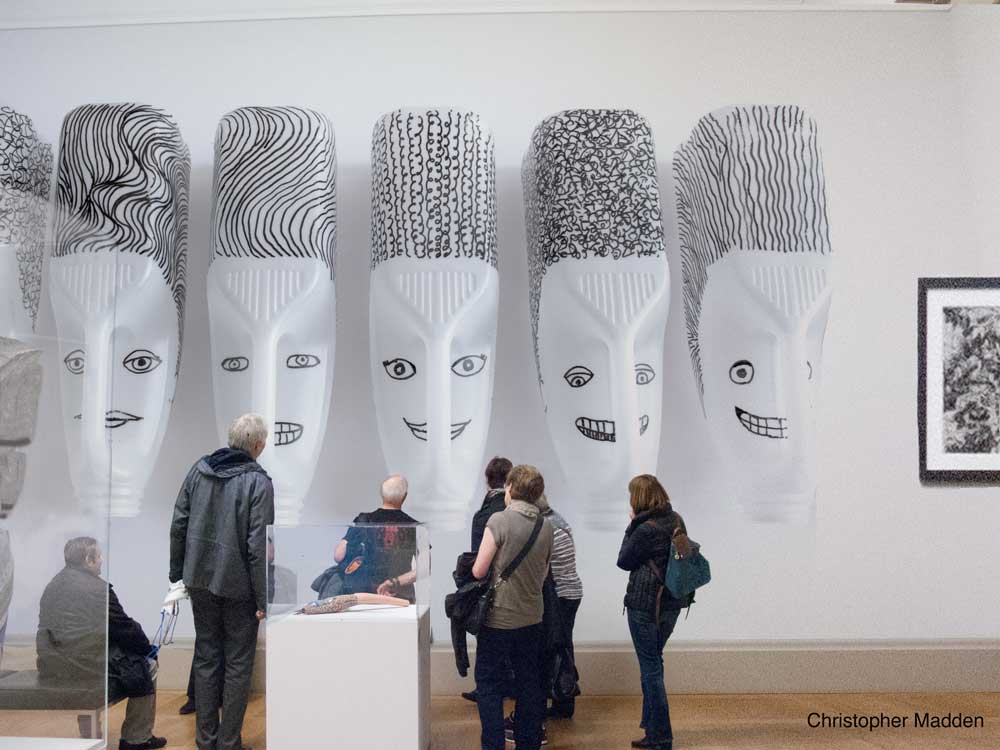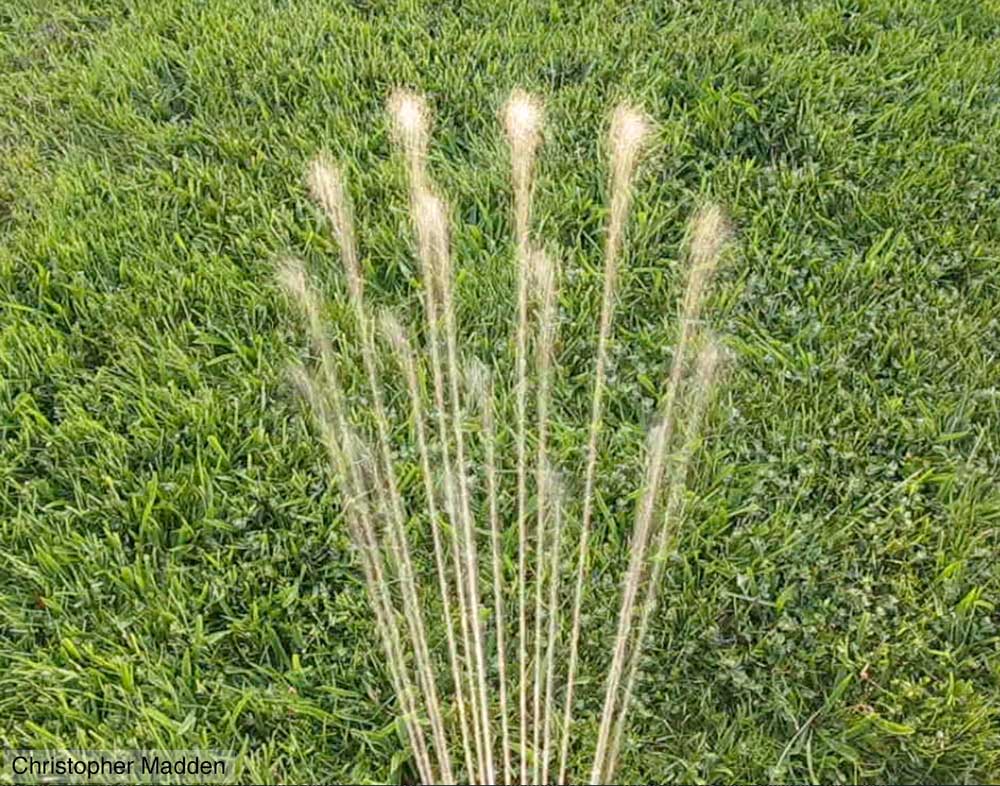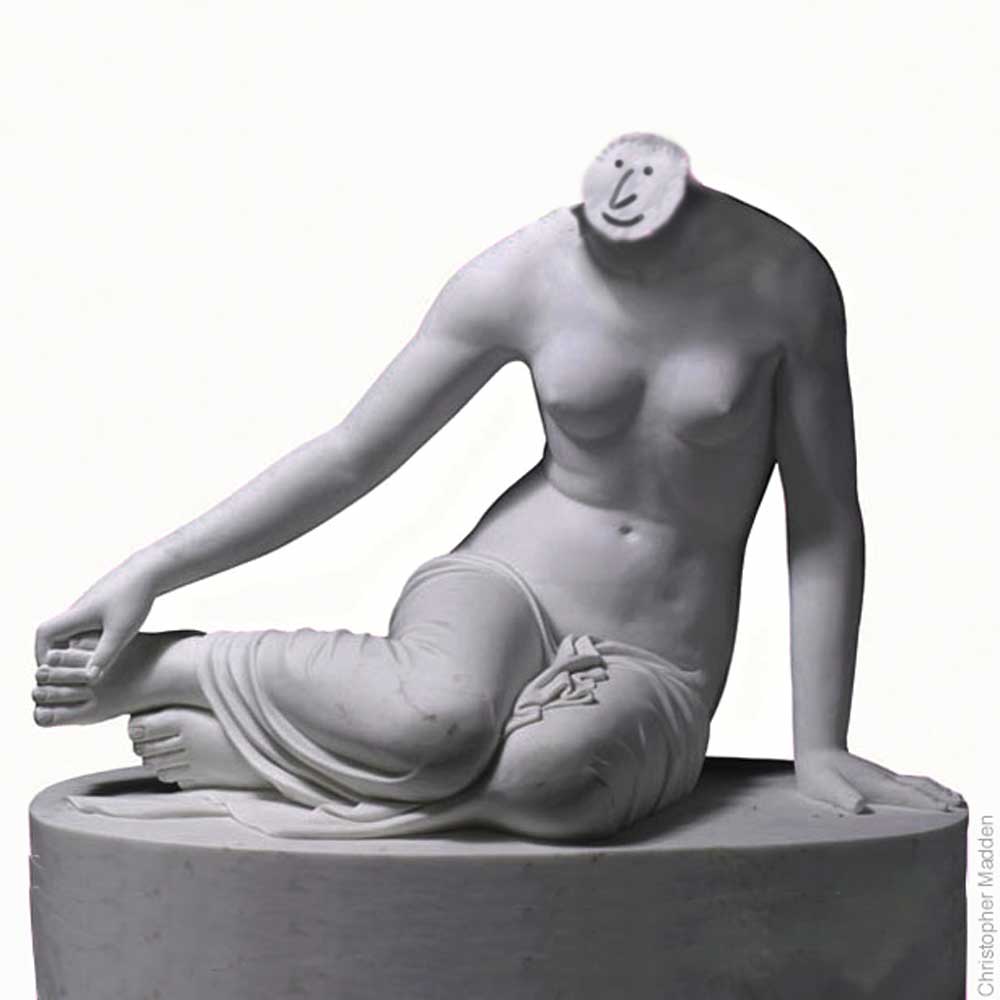
Power and its overthrow: mural visualisation
Digital visualisation 2024
A digital visualisation of a proposed mural on an art gallery wall.
The mural depicts two men standing on stilts. One of the men has much taller stilts than the other man. The man with the shorter stilts is sawing through one of the tall stilts.
The image is partly a metaphor for power and attacks on that power. It’s also just a funny idea.
The image can be interpreted as a metaphor for political power and opposition to that power. The person on the tall stilts is invested with the power while the person with the short stilts is wanting to topple the person in the position of power (as an act of rebellion against political oppression, military repression, economic exploitation or one of any number of engines of social or political inequality).
The power that is personified in the image needn’t necessarily be the power of large scale institutions and entities, but could also be the power gained at an interpersonal level by an individual who has status enhancing qualities such as an appealing personality or striking good looks, making the attacks on that individual the consequence of personal envy or resentment.
The man on the tall stilts represents a person in a position of high status or power. The structure of that power (the tall stilts) however makes him isolated from people with less power (the shorter stilts). This flaw makes him vulnerable to attacks from below, especially if the person below has a metaphorical saw.
I’ve used a cartoon-like quality for the image is because the cartoon medium is the perfect way to convey the concept in the image. I think that cartoons are an excellent medium for political or social comment art as they can convey concepts directly and unambiguously. I’ve drawn cartoons for publication in newspapers, magazines and books since the 1970s. You can see my cartoons here.
The large photograph on the wall in the visualisation is from a series of studies of skulls.



